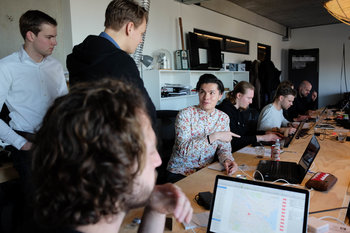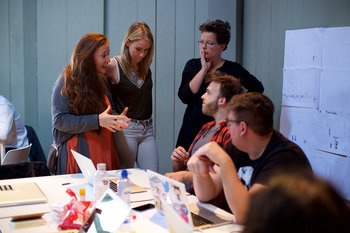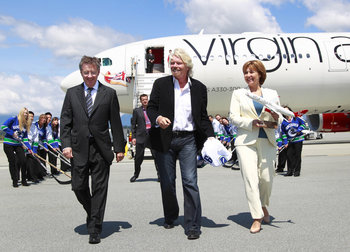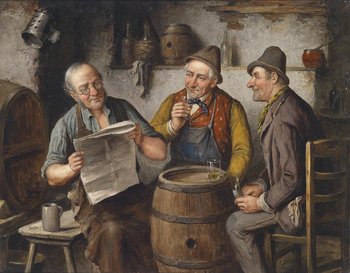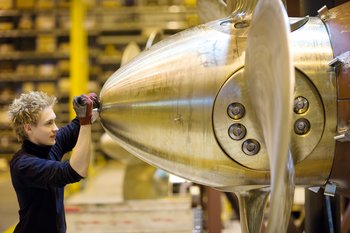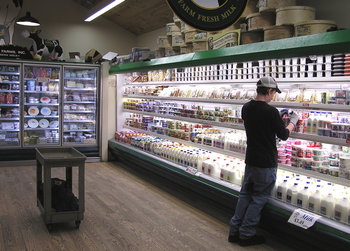
Convenience
Saving the customer time and making things easier.Experience
Experiences such as the taste of food or thrill of a theme park attraction.Style
The aesthetics of products and services such as a hotel lobby that feels refined and comfortable.Usability
User interfaces that are pleasing to use.Identity
A brand identity that represents quality, status, a lifestyle or culture in the minds of customers. For example, a fashion brand that represents a subculture.Reliability
Products that don't break and services that are always available and consistent.Efficiency
The amount of output created for a unit of input. For example, an electric car that can travel a great distance on a KWh of electricity.Productivity
Tools that make customers more productive in their work and hobbies.Risk
Reducing or transferring a risk for a customer. For example, an airline with a reputation for safety.Compatibility
Products and services that work well with other things.Information
Satisfying customer needs for information.Price
Value for the price.Terms
Attractive contract terms. For example, terms that remove unpopular restrictions that competitors impose.Trust
Being trusted by customers. For example, a telecom company with a reputation for protecting customer privacy.Customization
The ability for customers to change your products and services to their liking.Performance
Performance such as the speed of a CPU.Results
Results such as the historical returns of an investment product.Functionality
Things that customers can achieve with your products or services.| Overview: Value Proposition | ||
Type | ||
Definition | The usefulness of a product, service or feature to customers. | |
Related Concepts | ||




















